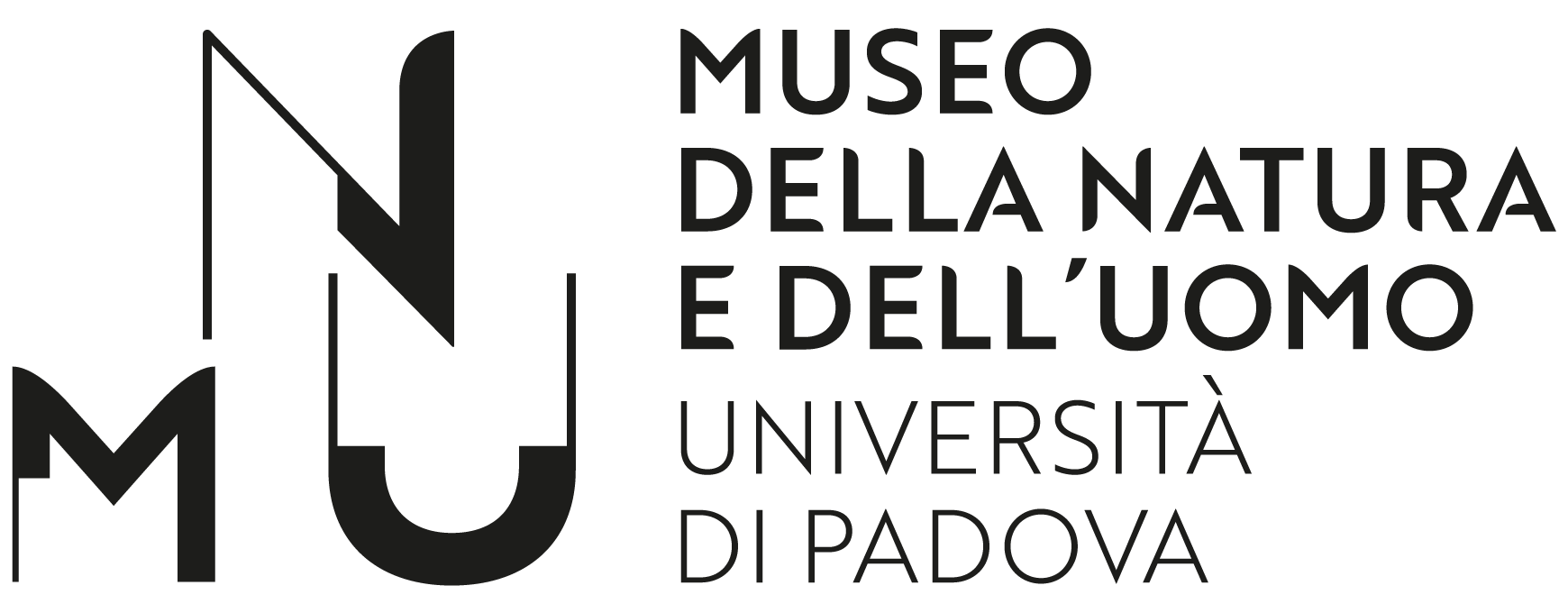The meteorites on display in the museum are used for training courses run by the European Space Agency (ESA) as part of the PANGAEA project, in which researchers from the University of Padua Matteo Massironi and Riccardo Pozzobon are part. The PANGAEA project contributed significantly to the training of astronauts from the most important agencies such as ESA, NASA and Roscosmos, such as Luca Parmitano and Samantha Cristoforetti.
Among the various field and theoretical activities, an introductory part of the course focuses on the differences between the geology of the Earth, Moon, Mars and asteroids. The analysis of different samples of both terrestrial rocks and meteorites allows the astronauts to get a general overview of the geology of extraterrestrial objects and becomes the basis for the following training phases.
For this specialised and in-depth study, the Museum of Nature and Humankind has provided the PANGAEA course with some meteorite samples from the collection of the Centro di Ateneo di Studi e Attività Spaziali “Giuseppe Colombo”- CISAS.
PANGAEA (Planetary Analogue Geological and Astrobiological Practice for Astronauts) is a training course for astronauts developed by the European Space Agency. It provides essential knowledge, mainly in geology and astrobiology, with the aim of developing fundamental fieldwork skills, such as identification documentation and collection of extra-terrestrial samples during future missions of planetary exploration.
Meteorites are back on display, having helped our astronauts understand how to approach the next steps of specific and advanced training for the upcoming missions to the Moon and Mars.


